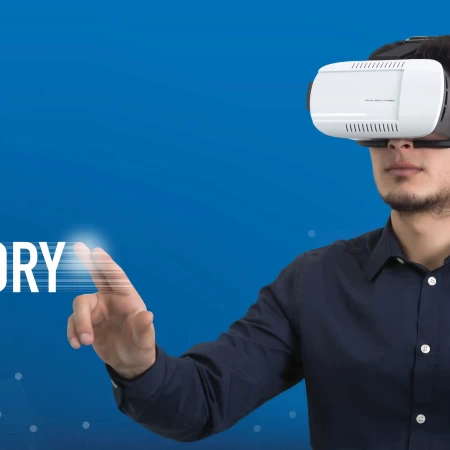

Grammar: Students will delve into the simple past tense, mastering its use to narrate past events, describe states and habits, and distinguish between "used to" and "would" for talking about the past. This focus will help them articulate stories and experiences more accurately.
Listening: Through a video featuring a whimsical look at objects and habits from our current era as viewed from the future, learners will enhance their ability to understand and interpret spoken English. The content will serve as a springboard for further discussion and analysis, sharpening their listening comprehension in a creative context.
Speaking: This lesson offers numerous opportunities for speaking practice, from warm-up discussions about symbols of our times to more in-depth debates on how lifestyles might change in the future. Students will engage in activities that encourage them to express opinions, share personal stories, and debate on a range of topics related to the lesson's theme.
Vocabulary: New vocabulary will be introduced and practiced, focusing on adjectives and phrases relevant to discussing past habits, technology, and lifestyle changes. Examples from the lesson include "outdoorsy," "hectic," "back-to-nature," and specific terms mentioned in the video, like "Rubik’s Cube" and "emojis," enriching students' lexical resources.
Homework: To consolidate the lesson's learning objectives, students will be assigned tasks that include choosing correct adjectives to describe lifestyles, identifying incorrect past simple forms, completing sentences with the past simple tense, choosing between "used to" and "would" for various scenarios, and creating narratives based on personal experiences.